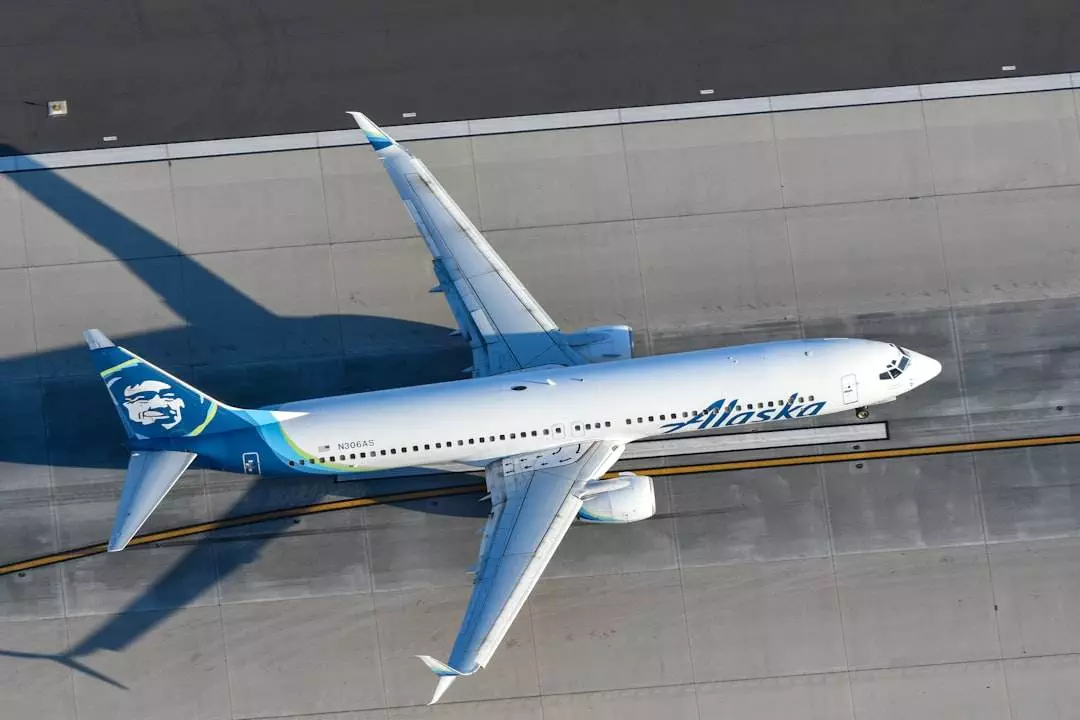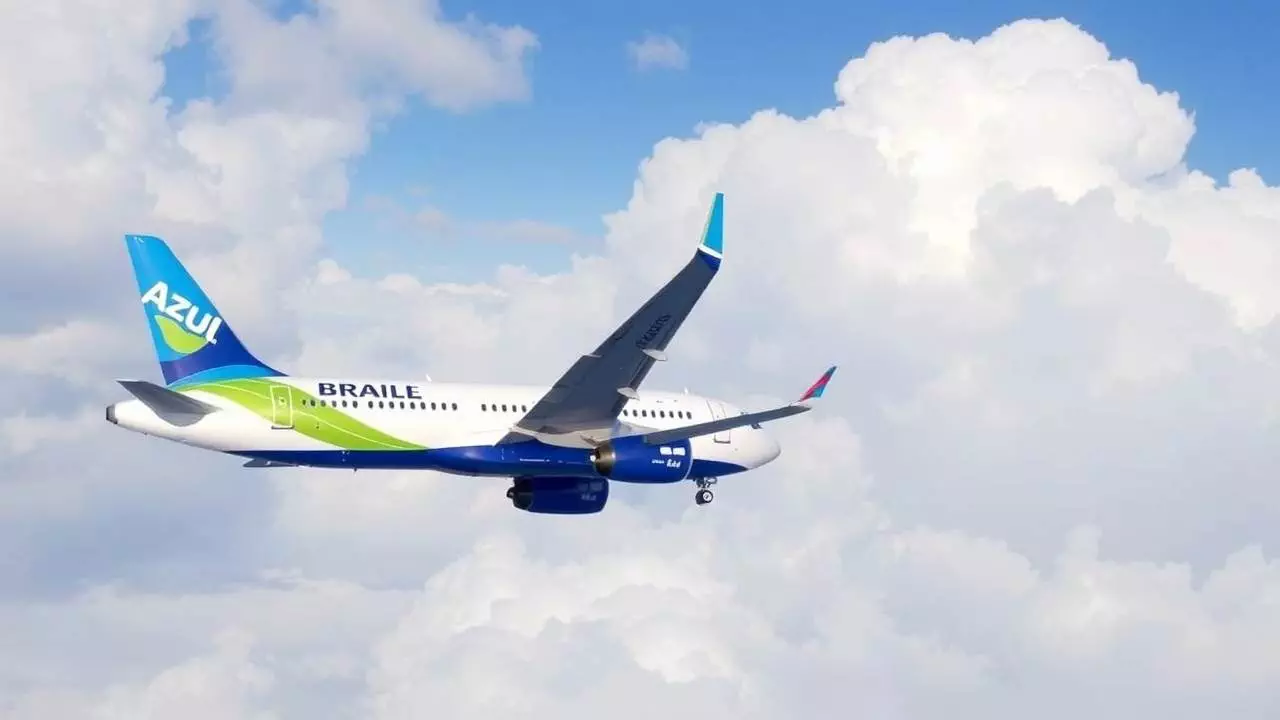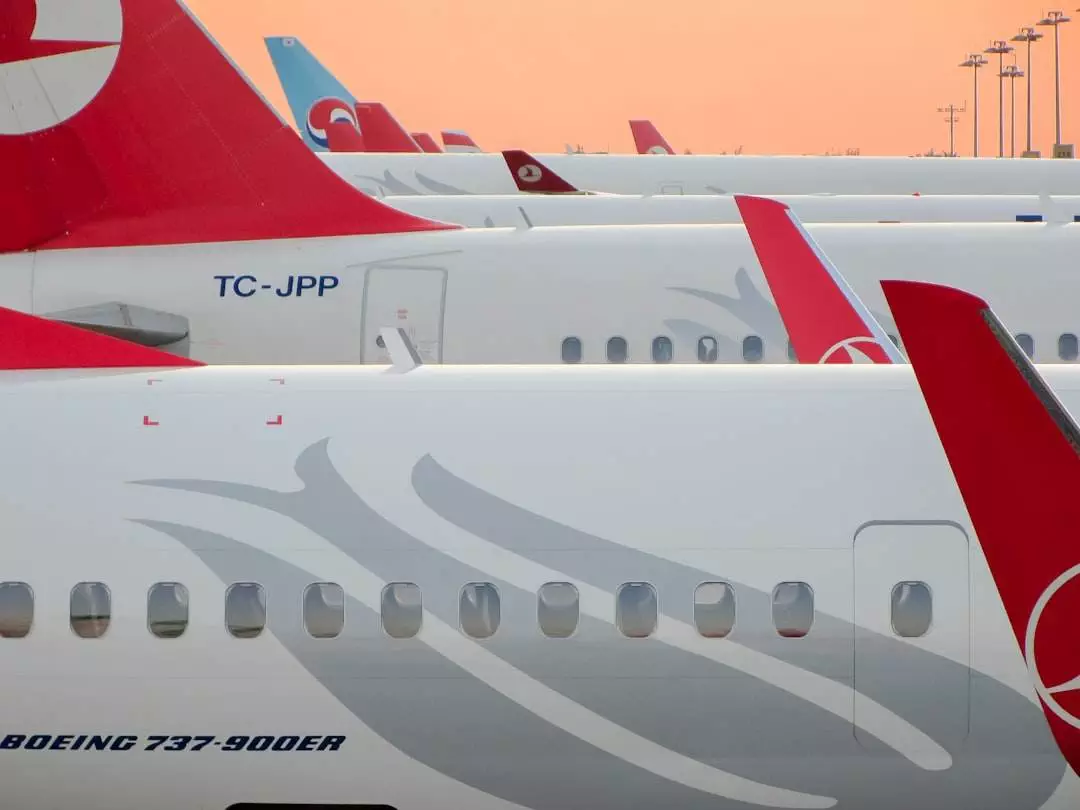Alaska Airlines cabin crew members serve as the frontline representatives of the airline, embodying its values and commitment to customer service. Their role extends beyond merely serving food and beverages; they are responsible for creating a welcoming atmosphere that enhances the overall travel experience. cabin crew members are often the first point of contact for passengers, and their demeanor can significantly influence a traveler’s perception of the airline.
They are trained to handle a variety of situations, from routine service tasks to complex customer interactions, ensuring that every passenger feels valued and cared for during their journey. In addition to customer service, cabin crew members play a crucial role in maintaining the airline’s safety protocols. They are trained to manage various safety procedures and emergency situations, ensuring that passengers are informed and secure throughout the flight.
This dual responsibility of providing excellent service while prioritizing safety is what sets Alaska Airlines cabin crew apart. Their ability to balance these roles effectively contributes to the airline’s reputation for reliability and customer satisfaction, making them an integral part of the Alaska Airlines experience.
Key Takeaways
- Alaska Airlines cabin crew play a crucial role in ensuring the safety and comfort of passengers during flights.
- Training and qualifications for Alaska Airlines cabin crew include safety procedures, emergency protocols, and customer service skills.
- Duties and responsibilities of Alaska Airlines cabin crew include conducting pre-flight checks, serving meals and beverages, and assisting passengers with any needs.
- Providing exceptional customer service in the air is a key focus for Alaska Airlines cabin crew, including being attentive to passenger needs and resolving any issues that may arise.
- Ensuring passenger safety and comfort is a top priority for Alaska Airlines cabin crew, including conducting safety demonstrations and maintaining a calm and orderly cabin environment.
Training and Qualifications for Alaska Airlines Cabin Crew
To become a member of the Alaska Airlines cabin crew, candidates must meet specific qualifications and undergo rigorous training. Typically, applicants are required to possess a high school diploma or equivalent, although many successful candidates hold college degrees. Additionally, prior experience in customer service or hospitality can be advantageous, as it equips candidates with essential interpersonal skills.
Alaska Airlines seeks individuals who demonstrate strong communication abilities, adaptability, and a genuine passion for helping others, as these traits are vital in the fast-paced environment of air travel. Once selected, new hires embark on an extensive training program that covers various aspects of their role. This training includes safety procedures, emergency protocols, and customer service techniques.
For instance, cabin crew members learn how to operate emergency equipment, conduct safety demonstrations, and manage in-flight medical situations. They also receive instruction on the airline’s policies and procedures, ensuring they are well-versed in the standards expected by Alaska Airlines. This comprehensive training not only prepares them for their responsibilities but also instills a sense of confidence that is essential when dealing with passengers and potential emergencies.
Duties and Responsibilities of Alaska Airlines Cabin Crew

The duties of Alaska Airlines cabin crew members are diverse and multifaceted, encompassing a wide range of responsibilities that contribute to the overall flight experience. One of their primary tasks is to conduct pre-flight checks to ensure that all safety equipment is in working order and that the cabin is prepared for boarding. This includes verifying that emergency exits are accessible, safety cards are in place, and that the cabin is clean and organized.
These checks are crucial for maintaining safety standards and ensuring a smooth boarding process. During the flight, cabin crew members are responsible for managing passenger needs, which includes serving meals and beverages, providing information about the flight, and addressing any inquiries or concerns.
For example, if a passenger appears distressed or uncomfortable, cabin crew members are trained to approach them with empathy and offer support. This proactive approach not only enhances passenger satisfaction but also fosters a positive atmosphere within the cabin.
Providing Exceptional Customer Service in the Air
| Metrics | 2019 | 2020 | 2021 |
|---|---|---|---|
| Customer Satisfaction Rate | 92% | 94% | 96% |
| On-time Departures | 88% | 90% | 92% |
| Lost Baggage Rate | 0.5% | 0.4% | 0.3% |
| Customer Complaints | 500 | 450 | 400 |
Exceptional customer service is at the heart of Alaska Airlines’ mission, and cabin crew members play a pivotal role in delivering this experience. They are trained to engage with passengers warmly and professionally, creating an environment where travelers feel valued and respected. This involves not only addressing immediate needs but also going above and beyond to create memorable experiences.
For instance, cabin crew may surprise frequent flyers with personalized greetings or special treats, reinforcing loyalty and appreciation. Moreover, effective communication is essential in providing exceptional service. Cabin crew members must convey information clearly and concisely while also being attentive listeners.
This skill is particularly important when dealing with diverse passenger demographics, as cultural differences may influence communication styles. By being adaptable and sensitive to these differences, cabin crew can foster positive interactions that enhance the overall travel experience. Their ability to connect with passengers on a personal level often leads to increased satisfaction and loyalty toward Alaska Airlines.
Ensuring Passenger Safety and Comfort
Safety is paramount in aviation, and Alaska Airlines cabin crew members are trained extensively to ensure that all safety protocols are followed diligently. They conduct thorough pre-flight briefings that inform passengers about safety procedures, including the use of seatbelts, emergency exits, and oxygen masks. This information is crucial for preparing passengers for any potential emergencies during the flight.
Additionally, cabin crew members must remain vigilant throughout the journey, monitoring passenger behavior and cabin conditions to identify any potential safety concerns. Comfort is another critical aspect of a cabin crew member’s role. They strive to create an environment where passengers feel at ease during their flight.
This includes managing cabin temperature, ensuring adequate lighting, and addressing any discomforts that may arise. For example, if a passenger expresses concern about feeling cold, cabin crew members can provide blankets or adjust the temperature settings accordingly. By prioritizing both safety and comfort, Alaska Airlines cabin crew members contribute significantly to a positive flying experience.
Handling In-Flight Emergencies

Medical Emergencies in the Air
For instance, if a passenger experiences a medical issue during the flight, cabin crew members are trained to assess the situation quickly and provide first aid while coordinating with medical professionals on the ground if necessary.
Preparing for the Unexpected
In addition to medical emergencies, cabin crew must also be prepared for situations such as evacuations or dealing with unruly passengers. They undergo simulations that mimic real-life emergencies, allowing them to practice their response strategies in a controlled environment. This training ensures that they can maintain composure under pressure while effectively communicating with passengers about necessary actions.
Confidence in Emergency Situations
The ability to handle emergencies with confidence not only protects passengers but also reinforces trust in Alaska Airlines’ commitment to safety.
Teamwork and Collaboration Among Cabin Crew Members
Teamwork is essential among Alaska Airlines cabin crew members as they work together to ensure smooth operations during flights. Each member plays a specific role within the team, whether it be serving meals, conducting safety checks, or managing passenger inquiries. Effective collaboration is vital for maintaining efficiency and ensuring that all tasks are completed seamlessly.
For instance, during boarding, one crew member may focus on checking boarding passes while another assists passengers with their luggage. Communication is key in fostering teamwork among cabin crew members. They rely on clear verbal cues and non-verbal signals to coordinate their efforts effectively.
Regular briefings before flights allow them to discuss roles and responsibilities while also addressing any potential challenges they may face during the journey. This collaborative approach not only enhances operational efficiency but also creates a supportive environment where crew members can rely on one another during busy periods or unexpected situations.
Career Opportunities and Advancement for Alaska Airlines Cabin Crew
A career as an Alaska Airlines cabin crew member offers numerous opportunities for growth and advancement within the airline industry. Many individuals start their journey as flight attendants but can progress into leadership roles such as lead flight attendant or purser after gaining experience. These positions involve additional responsibilities such as overseeing other crew members, managing in-flight operations, and serving as a liaison between the flight deck and cabin crew.
Furthermore, Alaska Airlines encourages professional development through various training programs and workshops designed to enhance skills and knowledge within the industry. Crew members may have opportunities to specialize in areas such as safety training or customer service excellence, which can further enhance their career prospects. The airline’s commitment to fostering talent from within creates a dynamic environment where employees can envision long-term careers filled with growth opportunities while contributing positively to the overall success of Alaska Airlines.
If you’re interested in learning more about the legal aspects of estate planning and wills, check out the article on the Ontario Will Registry website. They provide valuable information on how to protect your assets and ensure your wishes are carried out after you pass away. Click com/articles/’>here to read more.
FAQs
What are the requirements to become an Alaska Airlines cabin crew member?
To become an Alaska Airlines cabin crew member, candidates must be at least 21 years old, have a high school diploma or GED, and have the legal right to work in the United States. They must also have a valid passport and be able to reach 80 inches without shoes.
What is the training process for Alaska Airlines cabin crew members?
Once hired, Alaska Airlines cabin crew members undergo a rigorous training program that includes safety procedures, emergency protocols, customer service techniques, and aircraft-specific training. This training is conducted at the Alaska Airlines training facility and typically lasts several weeks.
What are the responsibilities of an Alaska Airlines cabin crew member?
The responsibilities of an Alaska Airlines cabin crew member include ensuring the safety and security of passengers, providing excellent customer service, conducting pre-flight safety checks, serving food and beverages, and assisting passengers during the flight.
What are the working conditions for Alaska Airlines cabin crew members?
Alaska Airlines cabin crew members work in a fast-paced and dynamic environment. They may have to work long hours, including evenings, weekends, and holidays. They also have to deal with the physical demands of standing for long periods and lifting heavy objects.
What are the career advancement opportunities for Alaska Airlines cabin crew members?
Alaska Airlines cabin crew members have the opportunity to advance to positions such as lead flight attendant, instructor, or supervisor. They may also have the opportunity to transfer to other departments within the airline, such as customer service or operations.




